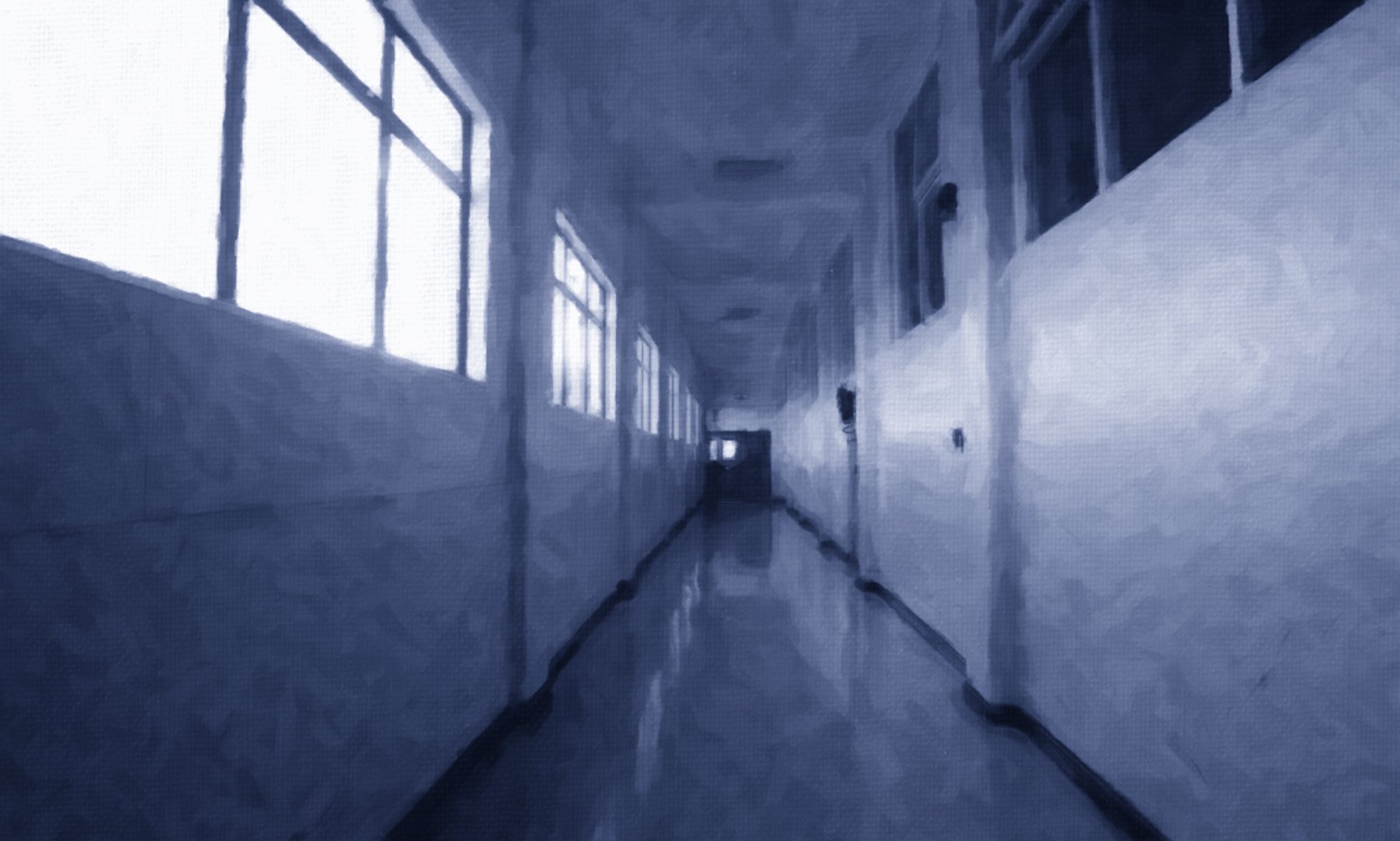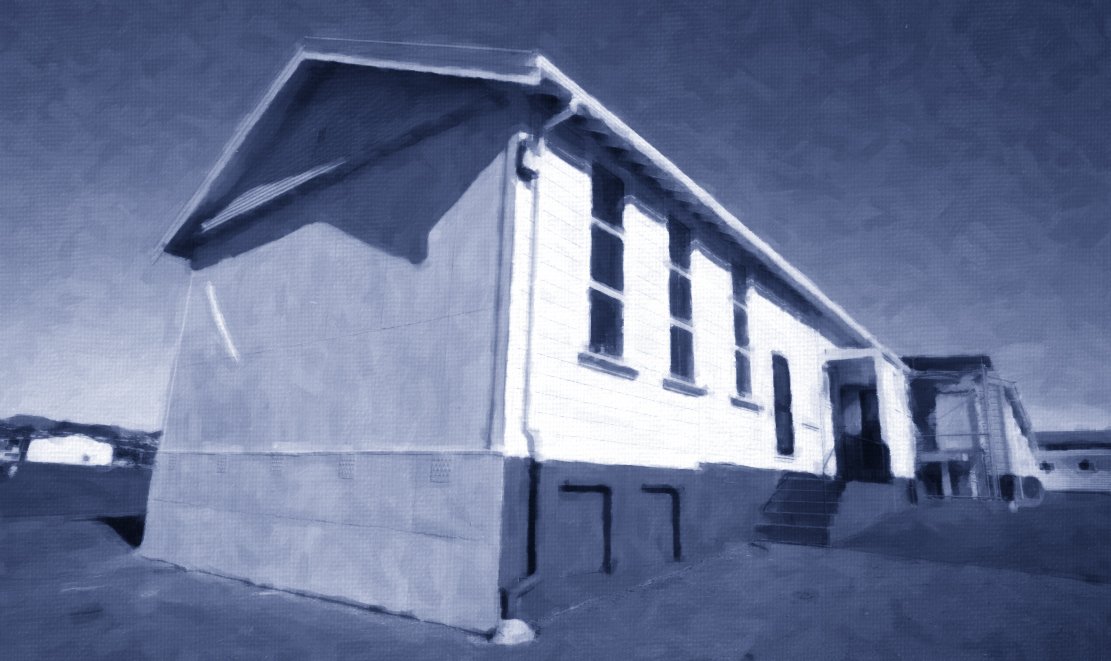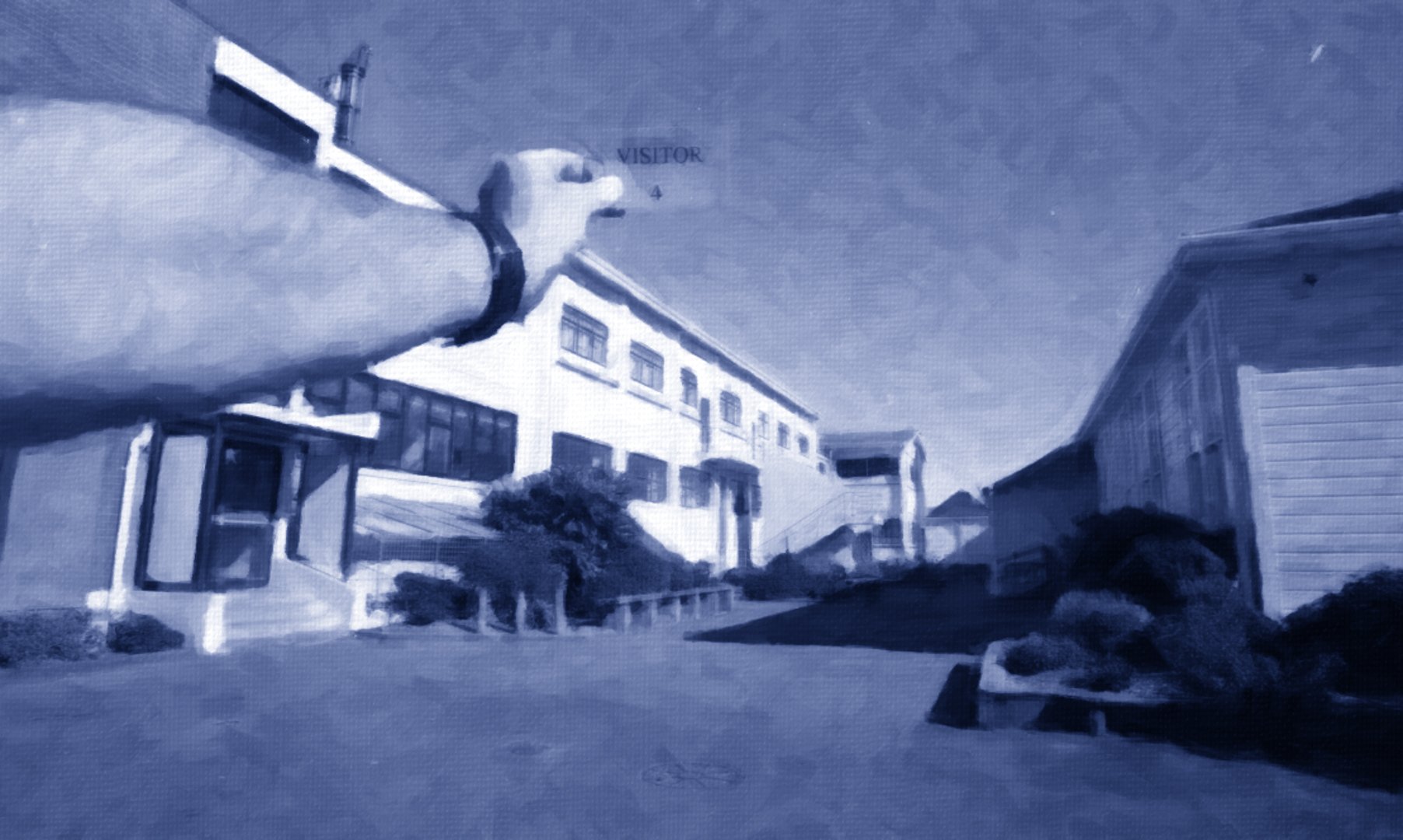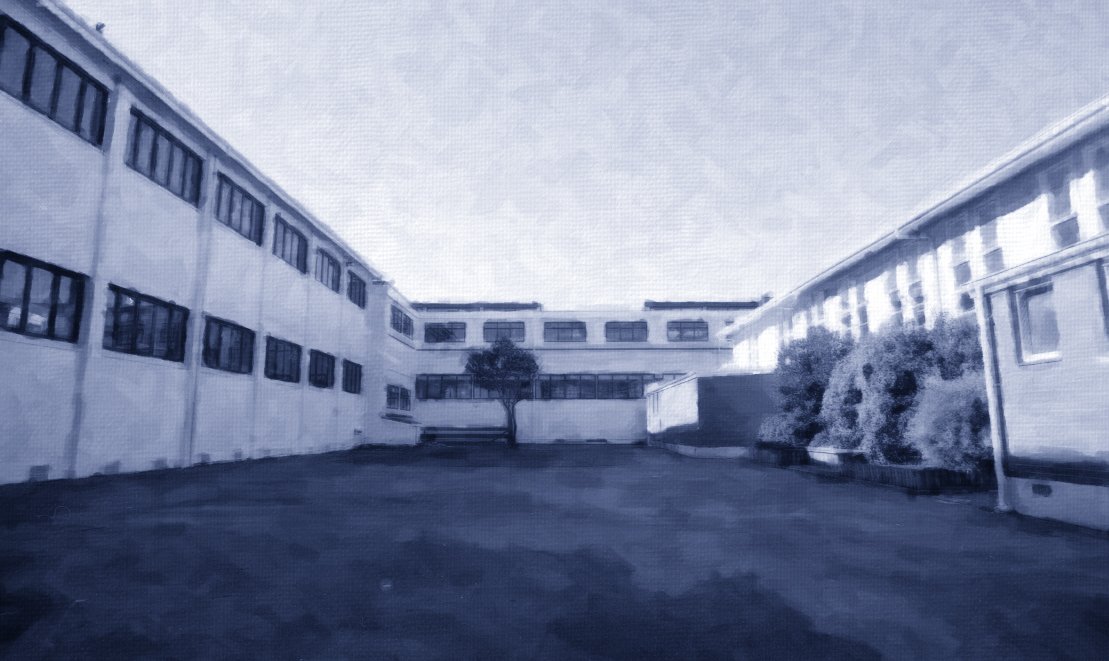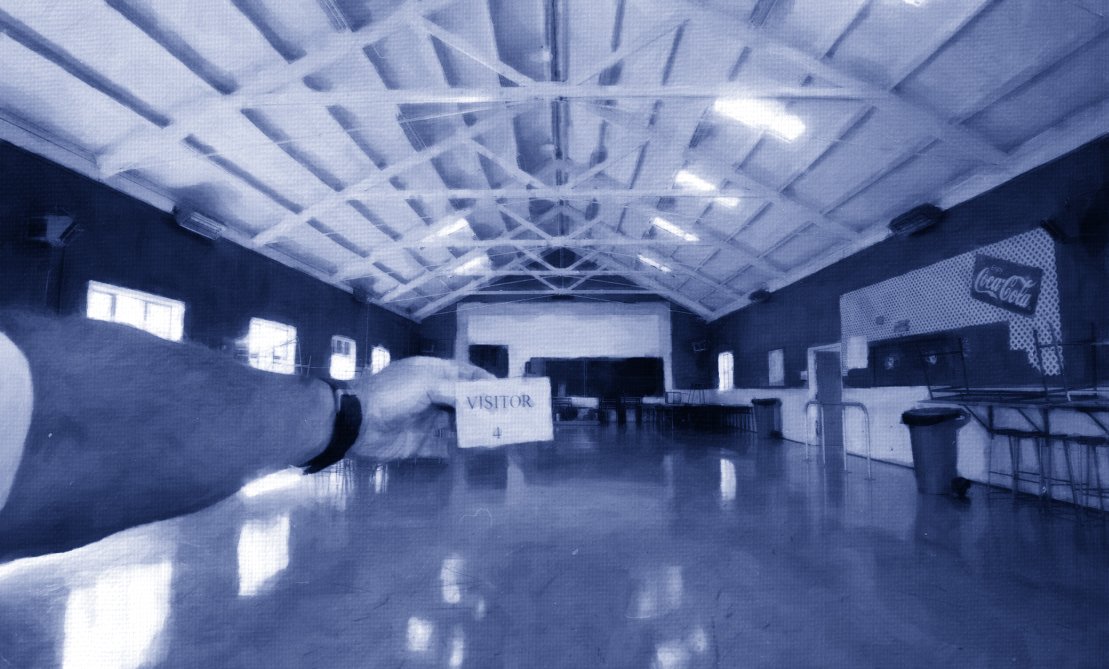
Evening Post, Wellington, 20 October 1981. ‘Civil war’ at college as sequel to video caning. By education reporter Lindsay Hayes
“Violence has broken out among boys at Rongotai College, following the issue by senior pupils of lapel stickers supporting the principal. The principal, Mr Noel Mackay, who carried out the videotaped caning experiment which prompted the badges of support, today issued a directive that all stickers be removed. He said he considered the stickers divisive and pointed out that they were not part of the uniform. A fourth-former, David Martin, who was not wearing a badge, was yesterday attacked by a fellow pupil of the school and his brother, Graeme Martin, was today threatened with physical violence.”
In the late 1960’s and early 1970’s I spent five years at this Secondary School. It was not a pleasant experience. My recollection of my time there was mass canings, strappings, students being beaten with three foot rulers and a variety of other objects designed to inflict great pain. In all my time there I recall two teachers, a man and a woman, who treated boys with respect. Most teachers were at best indifferent and at worst abusive.
A wise woman once said to me “Childhood trauma defines your life”. I found my time at school a time of intense fear of violence. I had grown up in a peaceful very supportive home and had enjoyed Primary School. My exposure to violence was virtually zero. At the time none of this registered as traumatic to me, it just was what it was – a frightening abuse of power by adults with a duty of care and little accountability.
These incidents motivated me to become a secondary school teacher. I believe it helped me to become a teacher who focused on the personal and social development of youth, one who had confidence in the ability of youth to lead when trusted, assisted and given real responsibility. Teaching with integrity and respect and treating students with dignity were paramount. My medium for teaching was varied but mainly outdoor education.
Ironically, 25 years after being a student I was invited back to assist Police Youth Aid, and the local youth worker to design and assist with an adventure based community programme to intervene and help prevent an increase in youth crime in the community. At that point I became visitor number four, this was my authority for access to the areas where I had been a student. With permission I took photos of various areas for a project for the future whose shape and form was at that point unknown to me but which I suspected would be important to me in the future. “Vistor Number Four” is my photographic response to my experiences as a secondary school student.



